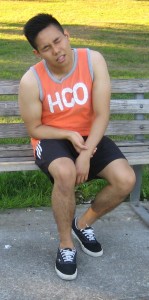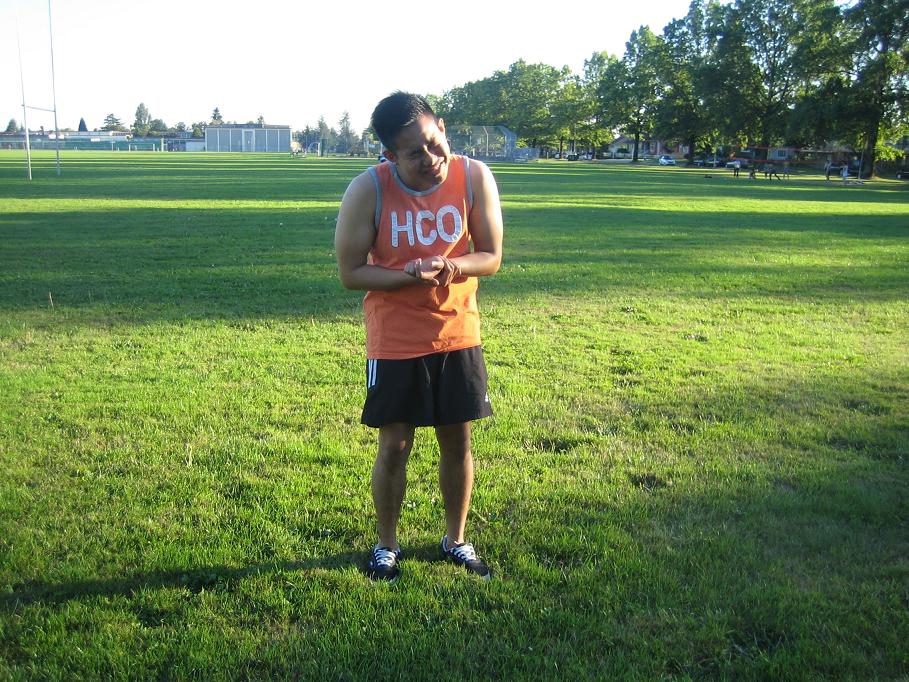Blisters are tiny bumps with fluid on the surface of the skin and usually the upper layer of the skin. The fluid is a clear serum but sometimes when there is infection, the fluid becomes pus. Sometimes, a blister has blood such as in cases when there is pinching of the finger between two surfaces.
Blisters can occur in any part of the body but the fingers are the most susceptible to the formation of blisters. This is due to frequent use and exposure to various elements and environmental factors.
Blisters in the fingers usually form when there is damage to the skin due to friction or harsh heat or cold. Fluid will build up between the two layers of the skin involving the epidermis and dermis. Other causes of finger blisters include the following:
- The fingers are under friction and prone to repetitive action. Fingers that severely rub are at high risk for developing one.
- Burns can cause blisters in the fingers and if it is first degree, the blisters will occur after a few days. As for a second degree burn, the blisters develop quickly.
- Frostbite can also cause blisters on the fingers and also when the fingers come in direct contact with detergents and corrosive chemicals.
- Blisters can be caused by outdoor activities and susceptible to infection if the blister will not pop naturally.

Treatment of finger blisters
- The person with finger blisters should wash his/her hands using an antibacterial or disinfectant body soap and rinse it thoroughly with water.
- Wash the blister for the second time using the antibacterial soap or solution.
- Sterilize a rest-free needle, knife or scalpel in boiling water for at least four minutes. Use a disinfectant solution for sterilizing.
- After sterilizing the needle or knife, allow it to cool down for a few minutes.
- Make a small incision at the tip of the blister and make sure that the skin found above the blister is still intact in order to protect it from the incision.
- Gently push the fluid out.
- Once the finger blister is already removed, apply an antibacterial or antibiotic ointment in the wound and cover the area with gauze.
- Check the blister on a regular basis for signs of infection such as heat, pain, pus, swelling as well as red streaks and fever.
- Apply toothpaste to the blister such as peppermint toothpaste to cool down the skin and provide relief. The fluoride in the toothpaste possesses healing properties.
FACT CHECK
https://www.medicalnewstoday.com/articles/264783.php
https://www.healthline.com/health/blisters
https://www.mayoclinic.org/diseases-conditions/dyshidrosis/symptoms-causes/syc-20352342
